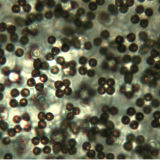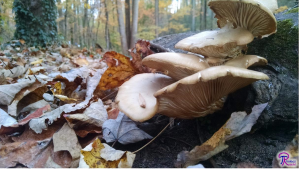#054: Oomycota (Water Molds and Downy Mildews)
The Oomycota (literally “egg fungi”) are remarkable organisms because they mimic fungi on a cellular level. They are heterotrophic (get energy from their surroundings) organisms, exhibit filamentous growth, digest their substrate before absorbing it, and produce sexual and asexual spores. For these reasons, the Oomycota were once classified as fungi. They have since been removed from Kingdom Fungi and placed in Kingdom Protista, Chromista, Straminopila, or whatever name it’s going by today. That means it is most closely related to diatoms and brown algae (like kelp). At first this does not seem like a logical grouping because most of these organisms are autotrophic (make their own food). However, there are a few characteristics of the Oomycota that make them more similar to protists than to fungi. For one, the Oomycota have cell walls composed of cellulose, glycan, and similar molecules. Second, they primarily live as diploids (two copies of each...







![#011: Characteristics of Kingdom Fungi [Archived]](https://www.fungusfactfriday.com/wp-content/themes/hueman/assets/front/img/thumb-small-empty.png)

